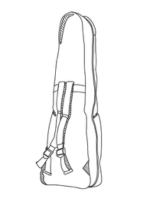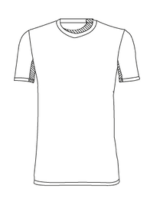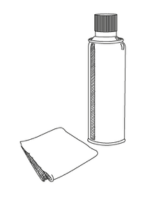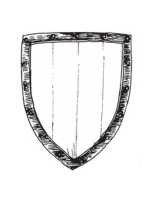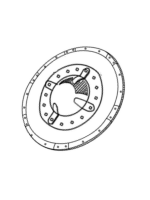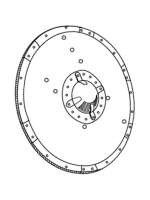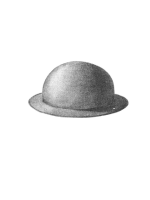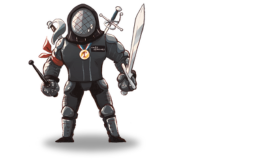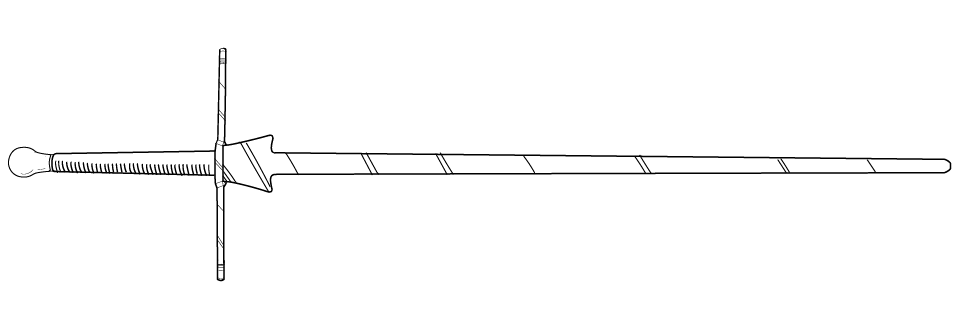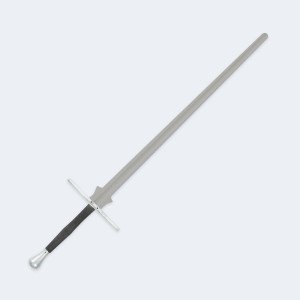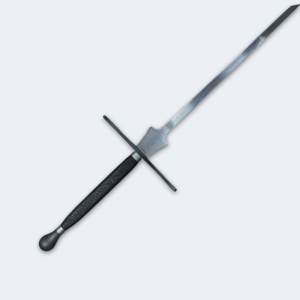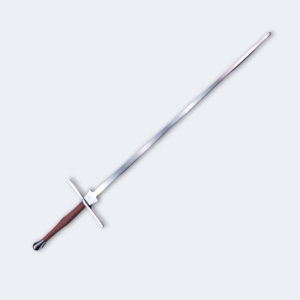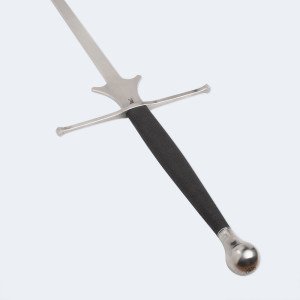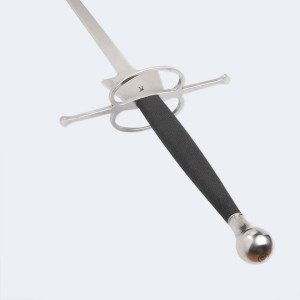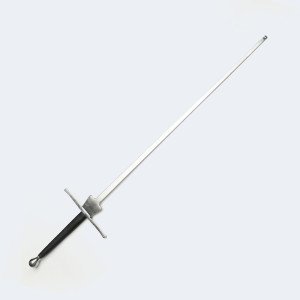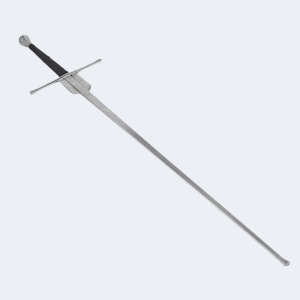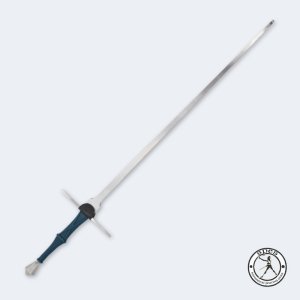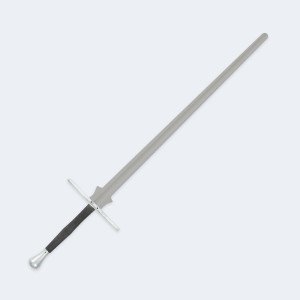The Federschwert, literally "feather sword" in German, represents a crucial innovation in the history of European martial training. Appearing in the 15th century and widely adopted in the 16th century, this specialized training weapon attests to the evolution of teaching methods in Renaissance fencing schools.
Characterized by its flexible blade and spatula-shaped widened tip, the Federschwert was designed to allow safe and realistic training. Its unique design reduced the risk of serious injuries while maintaining the handling properties of a real combat sword. This weapon frequently appears in the treatises of renowned masters of arms such as Paulus Hector Mair and Joachim Meyer, highlighting its importance in the martial pedagogy of the time.
In the context of modern HEMA, the Federschwert plays a central role. It allows practitioners to deeply explore the historical techniques of the longsword with a high degree of realism and safety. Its use in competitions and intensive training attests to its ongoing relevance in the study and preservation of Historical European Martial Arts.











